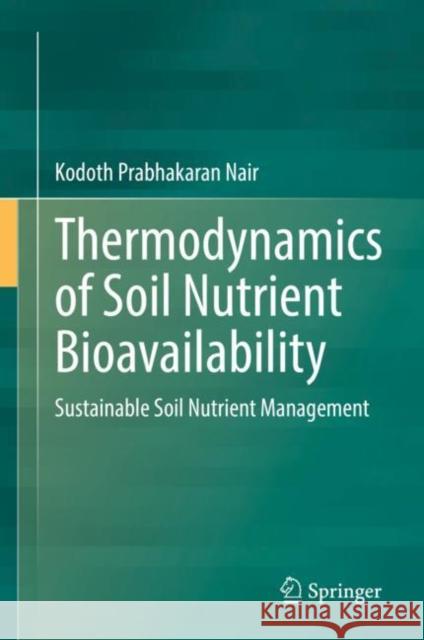Thermodynamics of Soil Nutrient Bioavailability: Sustainable Soil Nutrient Management » książka
topmenu
Thermodynamics of Soil Nutrient Bioavailability: Sustainable Soil Nutrient Management
ISBN-13: 9783030768164 / Angielski / Twarda / 2021 / 94 str.
Thermodynamics of Soil Nutrient Bioavailability: Sustainable Soil Nutrient Management
ISBN-13: 9783030768164 / Angielski / Twarda / 2021 / 94 str.
cena 602,40
(netto: 573,71 VAT: 5%)
Najniższa cena z 30 dni: 539,74
(netto: 573,71 VAT: 5%)
Najniższa cena z 30 dni: 539,74
Termin realizacji zamówienia:
ok. 22 dni roboczych.
ok. 22 dni roboczych.
Darmowa dostawa!
Kategorie:
Kategorie BISAC:
Wydawca:
Springer
Język:
Angielski
ISBN-13:
9783030768164
Rok wydania:
2021
Wydanie:
2021
Ilość stron:
94
Waga:
0.32 kg
Wymiary:
23.8 x 15.6 x 1.19
Oprawa:
Twarda
Wolumenów:
01











